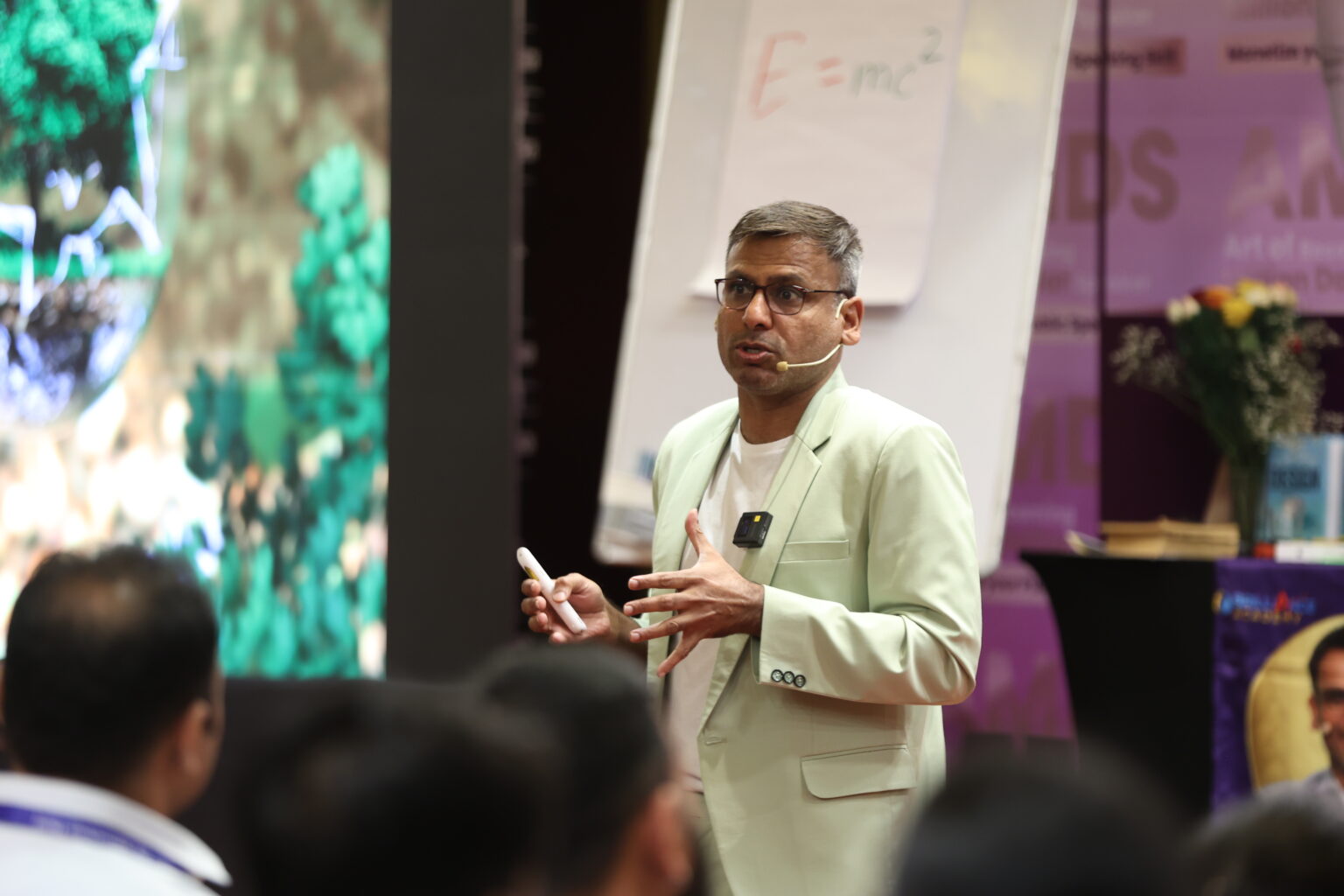Ever wonder how communication in Public Speaking has so much more to explore than simply saying and playing with words? Whether effortlessly captivating an audience or leaving a lasting impact on their minds, communication plays a major role in presenting a clear picture of your thoughts to the world so that they connect with you more effectively. However, the most powerful elements often remain hidden yet profoundly affect how messages are conveyed and received.
Let’s explore how 3 unseen elements can enhance your communication effectiveness:
-
Energy in Communication
Energy refers to the Vibrancy and enthusiasm that the speaker projects while speaking. It also helps influence others to catch the message with the same energy. It shows with your Facial expression, tone of voice, body language, and overall enthusiasm for the topic.
Audiences are more likely to remember content delivered with energy and excitement due to the atmosphere of learning it creates. It also creates a connection between the speaker and the audience. When the speaker includes a positive environment of openness, they establish trust, making it easy for the audience to present their ideas in front.
Communication and energy are parallel things. The higher the energy, the more the audience is captured, and it also keeps the environment engaging and responsive. Authentic energy resonates more with maintaining eye contact, practicing vocal variation, and using dynamic body language, which can help convey your energy more effectively.
Enhancing your energy before a speaking engagement through breathing exercises and a quick physical warm-up can help you reach that energised energy and prepare to engage.
-
Intuition in Communication
Intuition is the ability to sense reading between lines, underlying emotions, and the audience’s reaction to your message. It is a skill that a speaker has to develop by practising verbal and non-verbal communication by noticing nodding, raising hands, and seeing the audience as they look puzzled. By turning into these signals, the speaker has to modify their speech and delivery to ensure their message resonates.
Intuition is an unspoken understanding that the audience can feel. When you tap into unspoken understanding, you have to craft your message to address all their needs and make it more relevant and impactful for them so that they can better understand your communication. This can enhance connection and build more trust. Strengthen your intuitive skills by practicing active listening and observing non-verbal conversation cues.
When you catch their intentions, you know what they want to say. Ask them for feedback and give a response that creates a more wow situation in the speaker’s favor. This can lead to spontaneous interactions, enhance the impact of speech, and help create a more dynamic and engaging experience.

-
Presence in Communication
Presence is the state of being fully engaged and mindful during communication. Presence with active listening and mindful thoughts to be part of the interaction. The strong presence profoundly affects the quality of your communication and way of speech.
When you’re fully present, your communication becomes more authentic and relatable. The people sitting in front of you can sense your genuine engagement and credibility. With your confidence and presence, resonating with your message is easy. A strong presence enables you to create memorable moments during your speech.
Being present can help manage anxiety and nervousness. Focusing on the audience facilitates the flow of speech and interaction, and you can seize an opportunity to emphasize your key points. Presence in communication helps connect people personally and leave a lasting impression. Some practices can also help you stay focused and connected during your speaking engagements.
Conclusion
By considering Energy, intuition, and presence, you can transform your communication skills and increase audience engagement. Verbal skills can structure your content and are essential for public speaking. On the other hand, nonverbal communication plays a crucial role in noticing and catching the audience’s point of view through body language or facial expressions.
These unseen elements are what truly elevate a message. Embrace these powerful tools, and watch your communication transform into an enriching experience for you and your audience. The art of communication extends beyond words; it encompasses the energy you bring, the intuition you develop, and the presence you cultivate. With these insights, you can become a more effective and memorable speaker.

